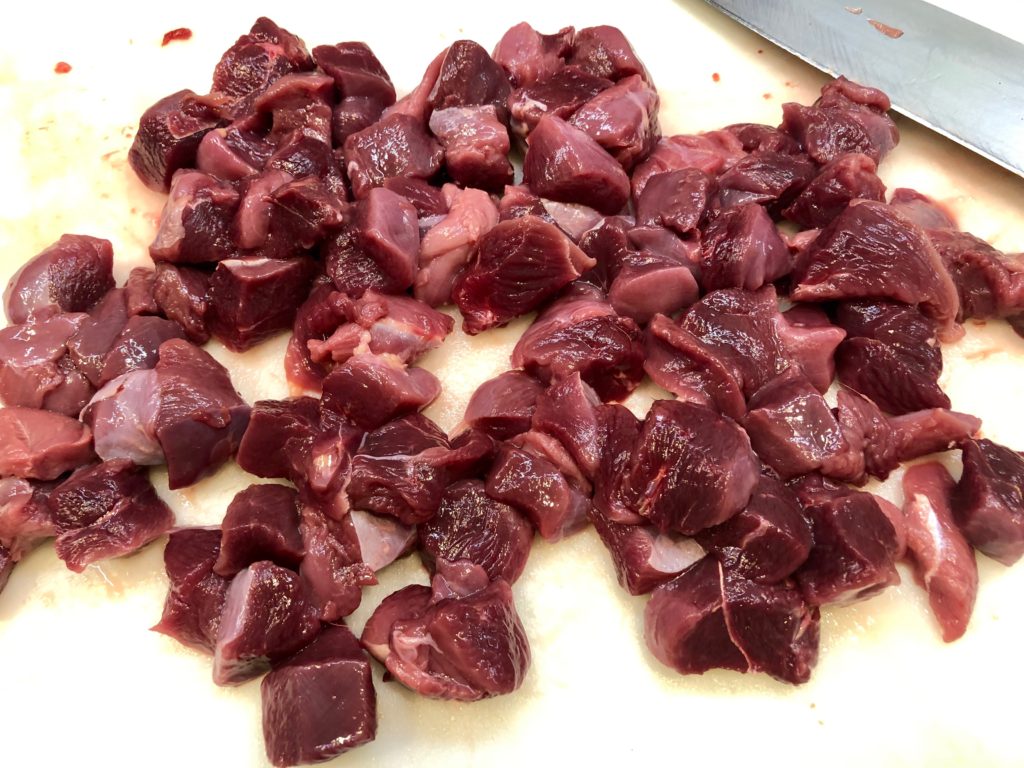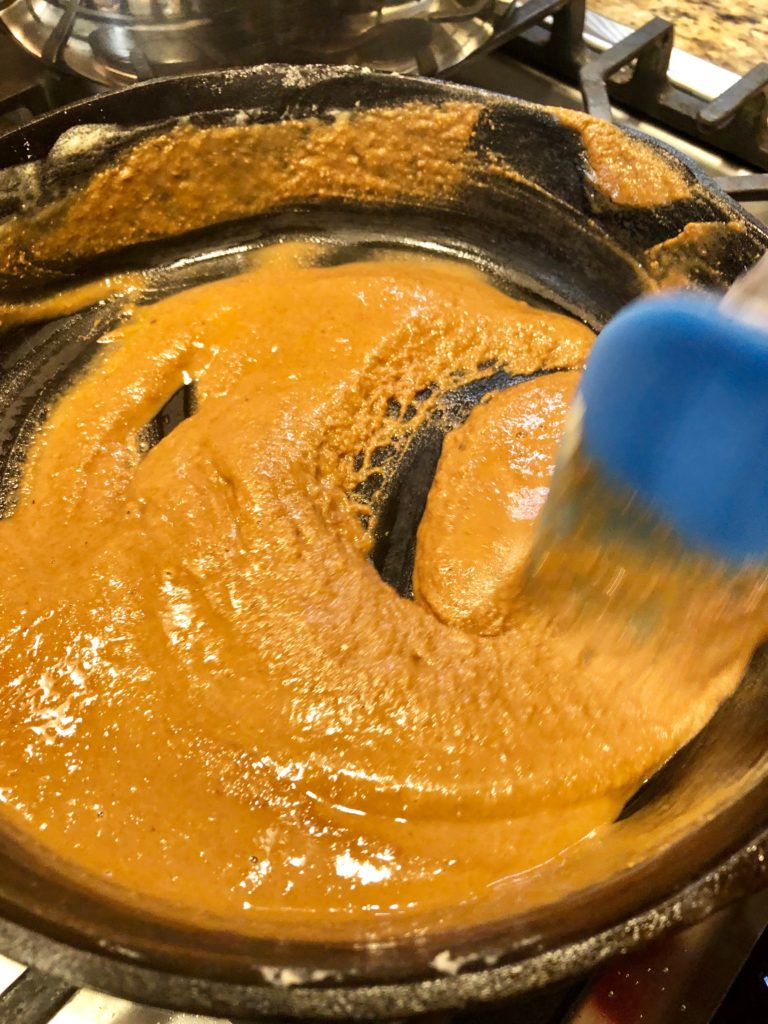As most of my readers know by now our family has a long tradition of waterfowl hunting. In mid-Missouri the season begins in early November and run through mid-January. So come Fall our freezer starts to fill up with tender duck meat – mostly in the form of Mallards.
For those of you unfamiliar with wild duck, it’s important to note that these birds are nothing like the fattened up domestic duck one might order in a fancy restaurant. The birds we harvest and eat are ones that migrate on average 875 miles from Canada to the southern US.
It is estimated that over 47 million ducks start their journey south from Canada as the water there begins to freeze and food stores dry up. They usually end up in the southern US where the water rarely freezes and there is plenty for them to eat, rest and then prepare to fly back north in the Spring. Once back in Canada, they’ll lay eggs, raise ducklings and then head back south the following fall to do it all over again. Click here to learn a bit more about the Mighty Mallards.
All of that duck travel – feeding on natural food sources – makes for a lean flying machine. So preparing wild game like duck provides some of the most organic, free-range and lean sources of protein around. Because their meat is so lean, you either need to cook them medium-rare or put them into a lovely dish like gumbo, where it’s a low and slow simmer that makes the meat tender.

Fresh duck breast sliced into tender cubes.
As with all good gumbo and other Cajun dishes, taking the time to prepare a proper roux is essential. Roux is basically equal parts of fat/oil and flour. It is used as a thickening agent to many dishes. In this case you can create a roux that is light brown all the way to copper penny colored. It requires constant whisking over medium to medium low heat until you get it to the color you desire. The darker the roux, the nuttier the taste. We like to make our roux in a cast iron skillet. Cast iron holds heat amazingly well. Probably better than any other type of pan. But a heavy bottomed stainless steel pan works fine too.

My husband took over the roux making and stopped the cooking process at this color.
Some of you may have read my original post on Gumbo from January of this year. That post was a tribute to my late son, Christopher. He had an amazing coach and culinary teacher that taught him how to make one of his and our favorite dishes. Christopher was so inspired that he went on to earn a living cooking in a wonderful local restaurant.
Today’s entry honors my late son who loved making gumbo for his family and friends just like he loved duck hunting with his brother, Collin and his father, Alan. So as Collin and Alan continue the Masters Fall tradition of waterfowl hunting, I try to keep Christopher’s gumbo recipe alive and well…this time swapping out the chicken thighs for some mighty Mallard meat.
So click here for my original recipe for Christopher’s Gumbo.

